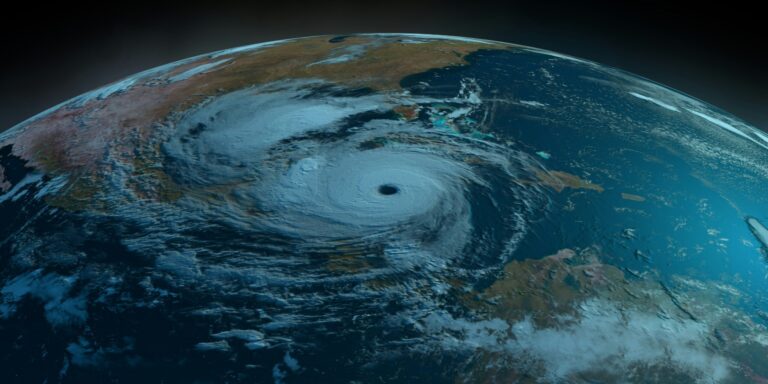The National Oceanic and Atmospheric Administration (NOAA) issued a geomagnetic storm watch on June 24, 2025, due to an uptick in solar activity. This heightened activity is linked to a recurrent, negative polarity coronal hole on the Sun, which is releasing a high-speed stream of solar wind directed towards Earth. This phenomenon, while a natural part of the Sun’s cycle, can have significant implications for Earth’s technological systems and space weather, prompting experts to closely monitor its potential effects.
The solar wind being emitted from the coronal hole is moving at speeds of up to 800 kilometers per second, which is fast enough to disrupt the Earth’s magnetic field. This is particularly concerning as geomagnetic storms, which are triggered by such solar wind, can interfere with satellite communications, navigation systems, and even power grids. The storm could also impact astronauts aboard the International Space Station and other spacecraft by increasing radiation levels in space.
Geomagnetic storms are classified based on their intensity, with the most severe events having the potential to cause widespread disruptions. Although this current solar event is not expected to reach the extreme levels of previous storms, experts warn that even moderate disturbances could affect communications systems, particularly those relying on high-frequency radio waves, which are often used by airlines, maritime industries, and emergency responders. Additionally, GPS signals could be degraded, leading to challenges for navigation, especially in high-latitude areas.
One of the primary concerns during geomagnetic storms is the effect on power grids. A strong storm can induce geomagnetic induced currents (GICs) in power lines, potentially damaging transformers and other key infrastructure components. While large-scale power outages are unlikely in the case of a minor storm, the potential for localized disruptions cannot be ruled out, especially in regions closer to the poles, where the Earth’s magnetic field is more vulnerable to solar winds.
The impact on communication systems, GPS, and power infrastructure highlights the growing importance of space weather monitoring. As humanity becomes increasingly reliant on satellites and other space-based technology, solar storms are an area of heightened concern. The NOAA, along with other space agencies around the world, continues to enhance its capabilities to predict solar events and issue early warnings to mitigate potential damage.
This geomagnetic storm watch follows an ongoing period of increased solar activity, as the Sun nears the peak of its 11-year solar cycle. This cycle, known as the solar maximum, is characterized by heightened sunspot activity, coronal mass ejections (CMEs), and other phenomena that can affect space weather. While the solar cycle is predictable, the exact intensity and timing of individual storms remain difficult to forecast.
The solar wind emanating from the coronal hole is expected to reach Earth’s magnetosphere over the next few days, with the possibility of moderate geomagnetic storms occurring around June 26-27, 2025. NOAA’s Space Weather Prediction Center is actively monitoring the situation and will issue updates as necessary, offering information on the potential impacts and advising relevant sectors, including aviation, maritime, and utilities, on how to prepare for the storm’s effects.
In addition to technological concerns, geomagnetic storms also have a visual impact. Auroras, or the Northern and Southern Lights, are often more vivid and widespread during heightened solar activity, and observers at higher latitudes may experience more intense displays of these natural light shows. These auroras are caused by solar particles colliding with the Earth’s magnetic field, resulting in colorful light emissions in the sky.
While the effects of geomagnetic storms are often transient and localized, the increasing reliance on satellite infrastructure means that even moderate solar events warrant careful monitoring. Scientists are working to improve forecasting models, which could help industries and governments prepare for and mitigate the impacts of future solar storms. As space weather continues to evolve, the global community’s ability to predict, understand, and manage its effects will only become more critical.
The geomagnetic storm watch issued by NOAA serves as a reminder of the complex relationship between space weather and technological systems on Earth. As solar activity intensifies, ongoing research into space weather will be essential in safeguarding critical infrastructure and ensuring that society remains prepared for future solar events.
